Remote control, the ability to function autonomously according to our movements, to the outside temperature and to the air quality in the room. Connected air conditioners offer numerous advantages, and not just in terms of comfort. They allow for energy savings by activating only when needed, and above all by concentrating on efficiency. It is by now a well-known fact that a significant proportion of the energy consumed by air conditioning systems is due to incorrect use, to the habit of setting them to maximum power, then switching them off and then back on again, a roller-coaster that is not only useless, but also expensive.
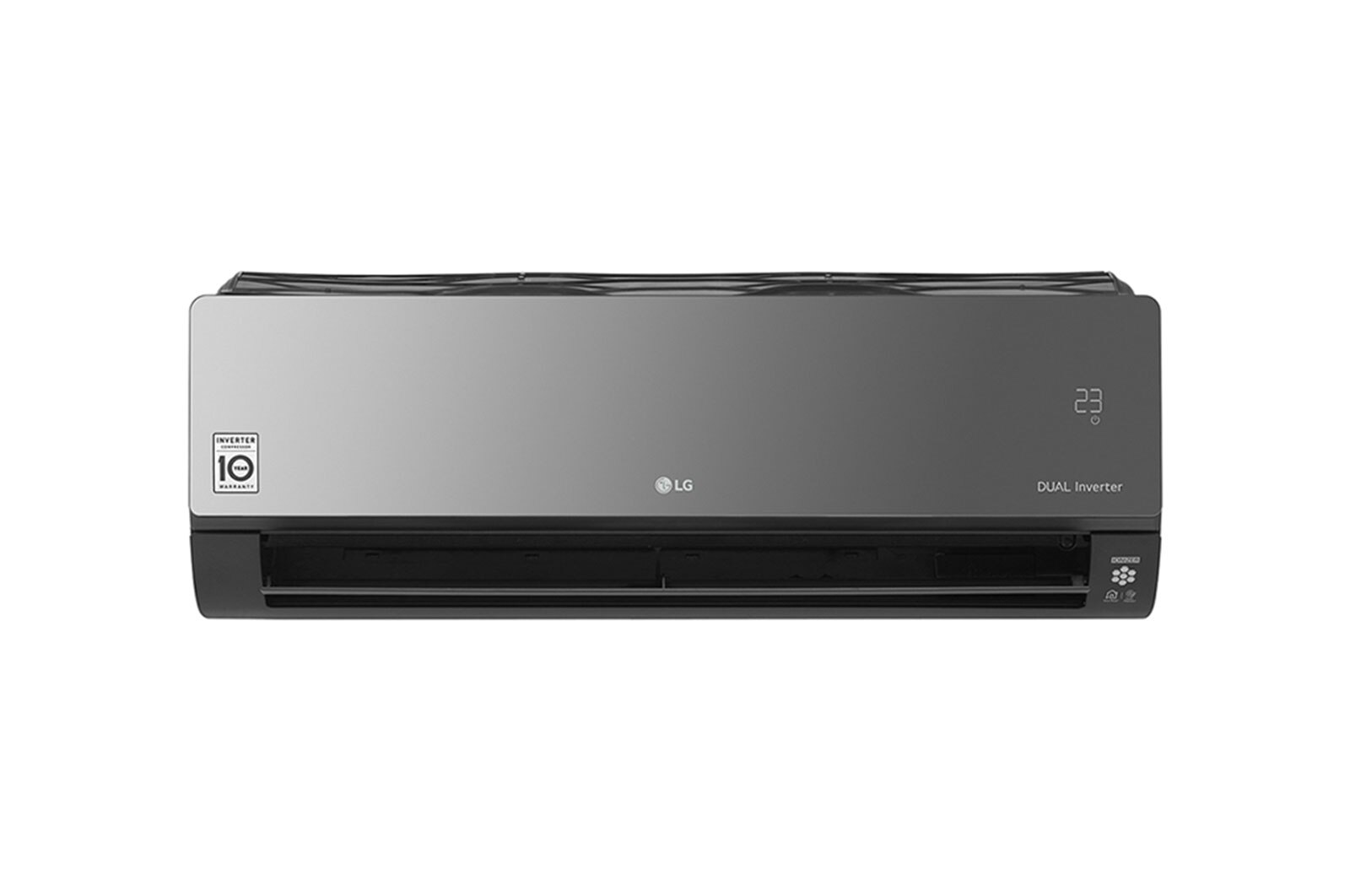
 View gallery
View gallery
Let’s take a look at the LG AC09BQ, a mono-split unit that is made to be seen. The mirrored glass that covers the front of the unit reflects the surrounding room, valorising the interior, providing a sense of depth and above all hiding the device. Fitted with ioniser, it is compatible with Smart ThinQ, LG’s home automation system.
Linear and minimalist, and the winner of both an IF design award and a 2018 Red Dot [DA1] Award, the latest version of the Daikin Stylish is also technological. It avoids direct drafts by aiming the cold air upwards and warm air downwards, while the intelligent thermal sensor scans the room and directs the airflow where necessary to guarantee an ideal temperature distribution. It is also fitted with a Wi-Fi module for remote control via the dedicated app.
The Korean Samsung responds with Windfree, a line of wall-mounted 9 or 18 BTU air conditioners equipped with technology that avoids drafts and chills. Once the desired temperature has been reached, the device uses a grill with 21 thousand micro-perforations to delicately and evenly distribute the air throughout the room.
There are some unusual solutions, such as the Unico Air by Olimpia Splendid, a super-slim air conditioner without an external unit, designed to be set at mid-height, just like a traditional radiator. Just 16 cm wide, it has a double filtering system that combines electrostatic filters and active carbon filters, and can be controlled via Wi-Fi, Bluetooth or remotely via the dedicated app.
Bolstered by the ever-increasing popularity of home automation, there are also universal control devices emerging, intelligent thermostats that in turn make air conditioners intelligent. The Tado v3+ Smart Thermostat, for example, is able to communicate with devices via infrared, emulating the remote-control units. It connects to the home network via Wi-Fi, allowing the user to control the temperature and switch devices on and off remotely, and can also be controlled by Google Assistant, Amazon’s Alexa and Siri. It is also compatible with Apple’s Homekit and IFTTT.
A similar product to the above, Ambi Climate 2 focuses on artificial intelligence. It measures temperature, humidity and solar irradiance, it consults weather forecasts, and after a period of learning is ready to provide the utmost comfort. Just like Tado, it is compatible with Google Assistant, Alexa and the IFTTT protocol, and has geofencing, detecting when the users have gone out and switching everything off.


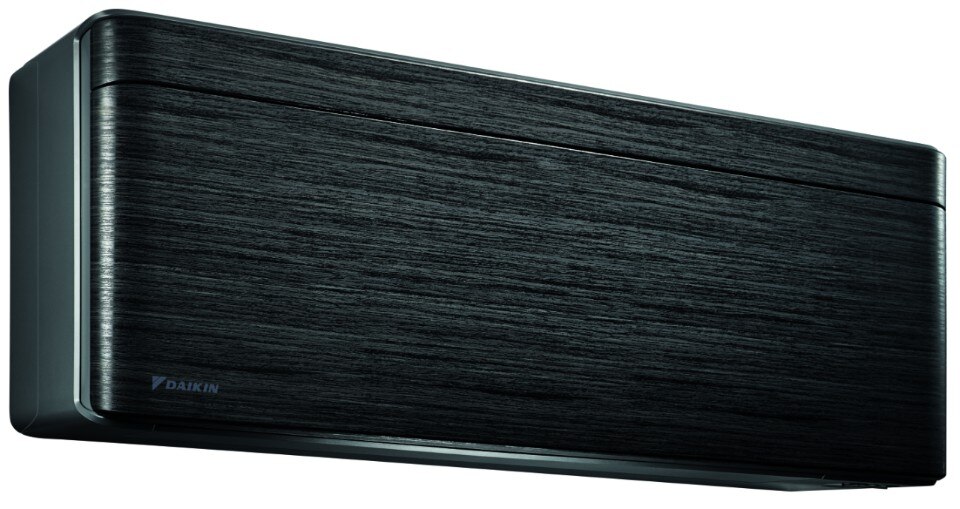
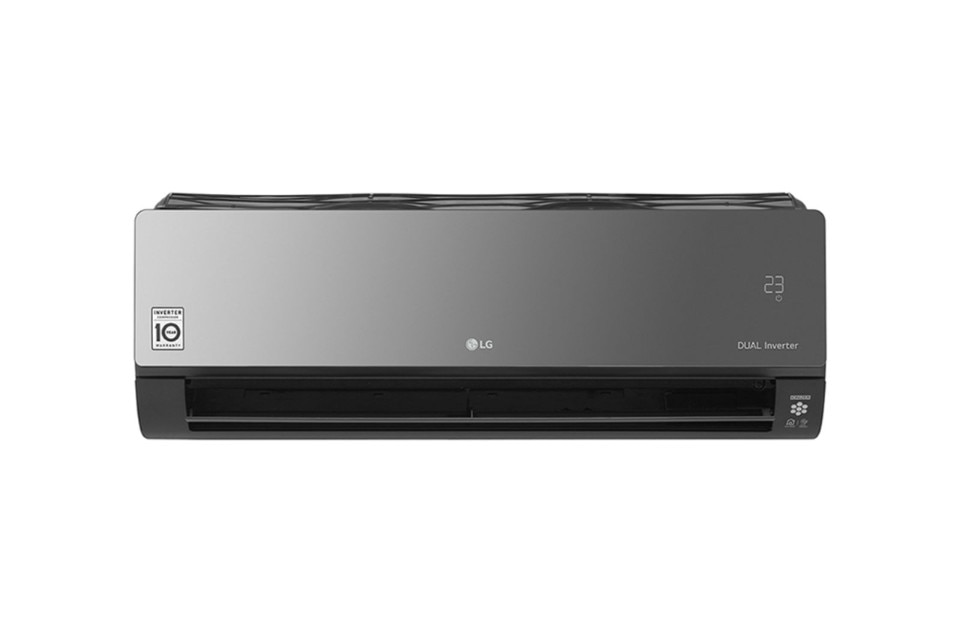
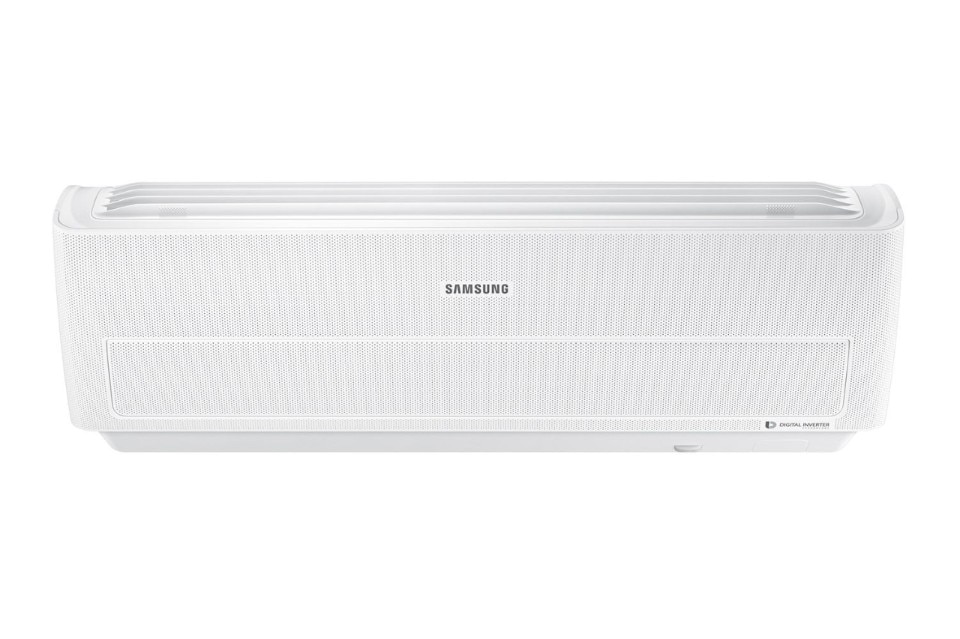
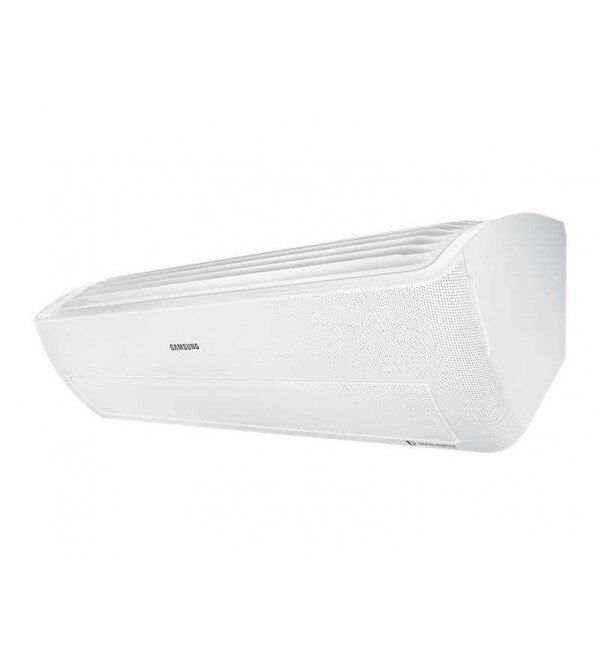


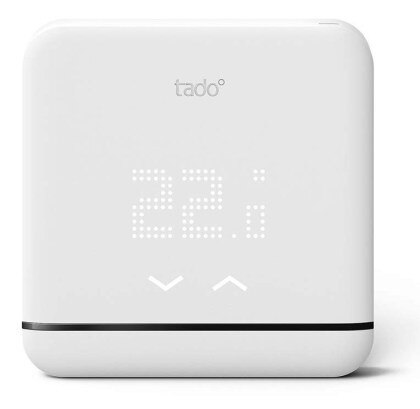

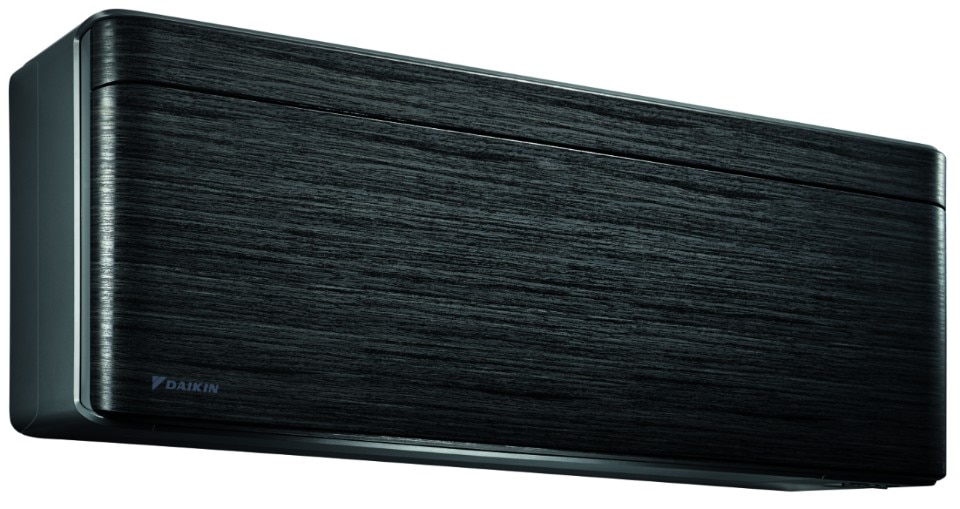


.jpg.foto.rmedium.png)